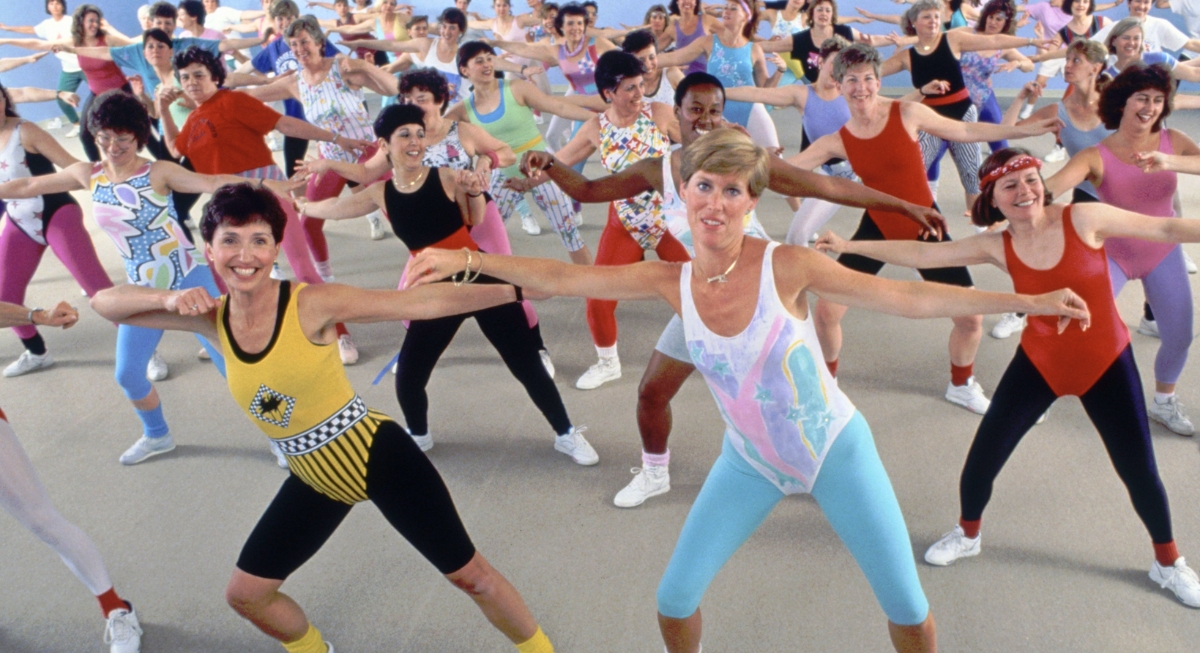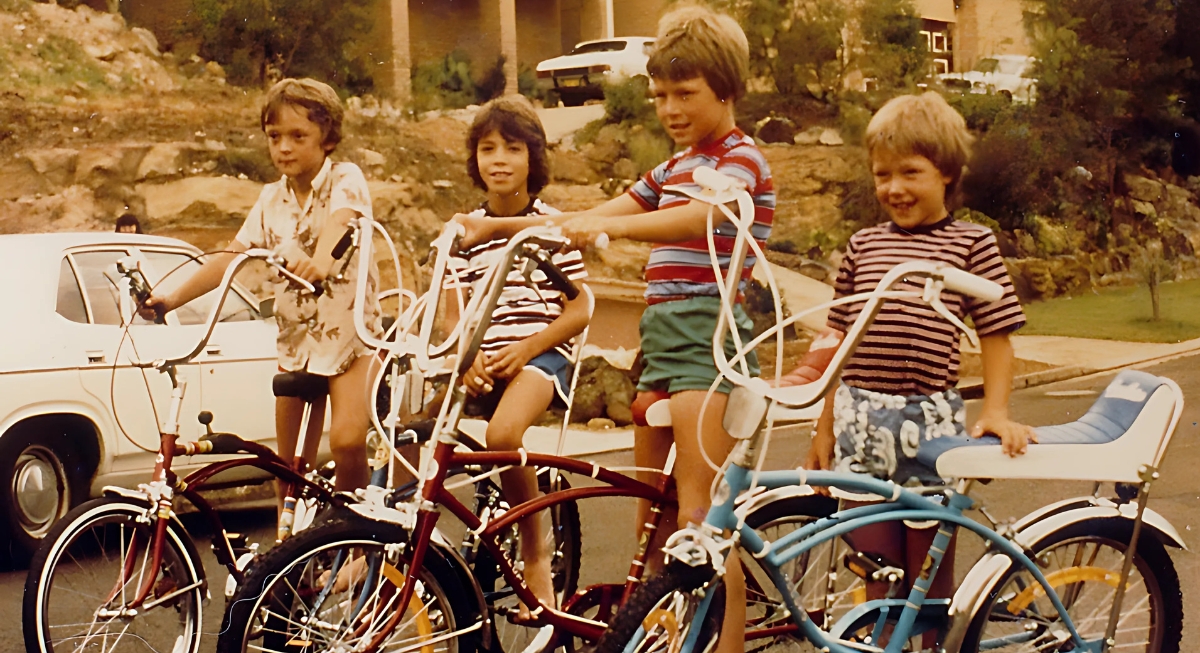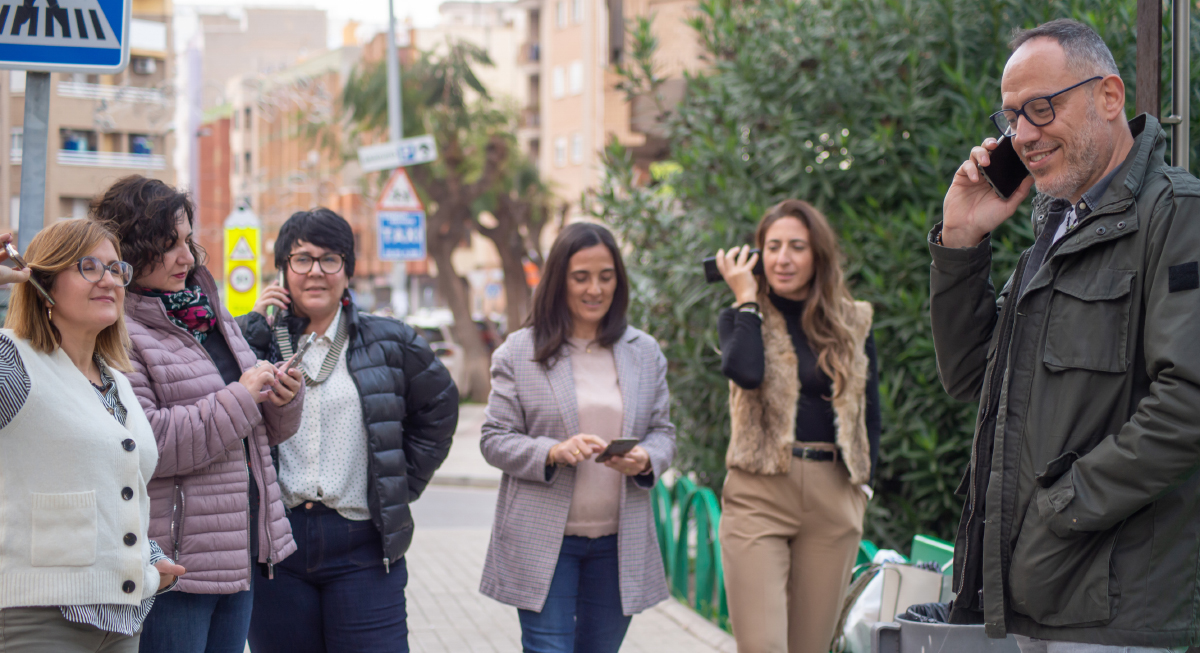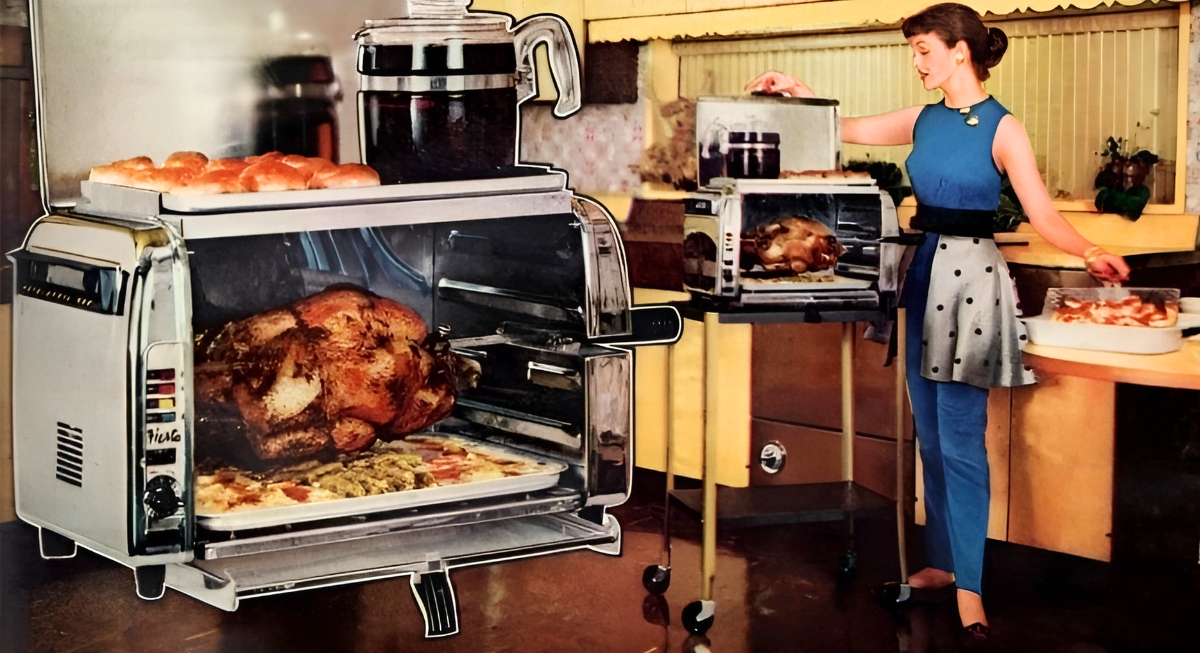Remember those creaky wooden desks, the smell of chalk dust, and the thrill of a surprise film reel day? If you went to elementary school in the 1960s, chances are a few memories still pop up like it was yesterday. Here are some that might hit close to home.
The Wooden Ruler That Left a Mark
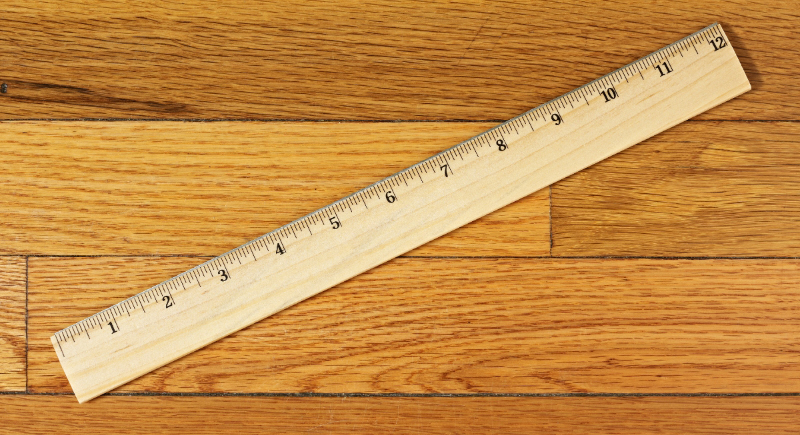
Credit: Getty Images
Corporal punishment was an accepted form of discipline in many 1960s elementary schools, with wooden rulers often used to enforce order. A slap on the hand was common and largely unquestioned at the time. While viewed now as harsh, such measures were once considered standard in maintaining classroom control.
Those Chunky Husky Pencils Everyone Loved
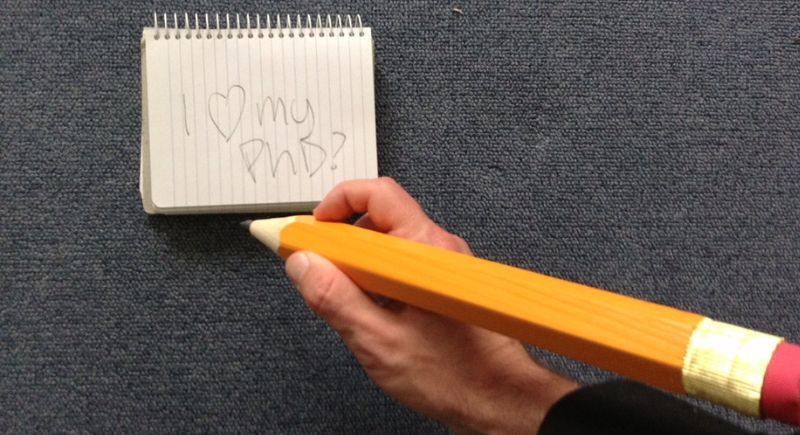
Credit: flickr
Husky pencils were oversized writing tools made for young children just learning to write. Manufactured by companies like Empire Pencil, they came in bold colors and were easy for small hands to grip. Getting a brand-new one felt like a huge deal, especially in the days before fancy school supplies.
Using Dad’s Cigar Box as a Pencil Case
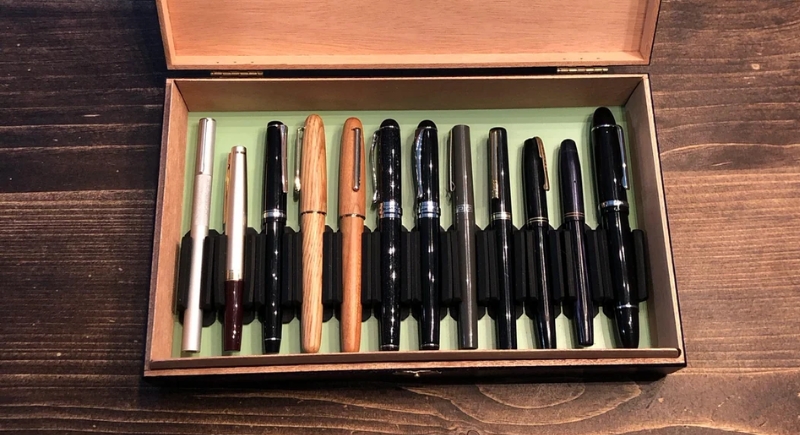
Credit: Reddit
Before plastic cases hit the shelves, kids brought their school supplies in empty cigar boxes. These cardboard or tin containers, often repurposed from home, held crayons, pencils, and paste. They slid easily into desks and were surprisingly sturdy—an everyday example of how families reused what they had on hand.
Weekly Reader Days Were Actually a Big Deal

Credit: Reddit
"Weekly Reader" was a classroom magazine that delivered age-appropriate news, stories, and games to students across the U.S. Launched in 1928, it was still wildly popular in the 1960s. Kids looked forward to each issue, which helped introduce national events and basic civics in a fun, accessible way.
Milk Breaks with Those Cardboard-Tasting Straws
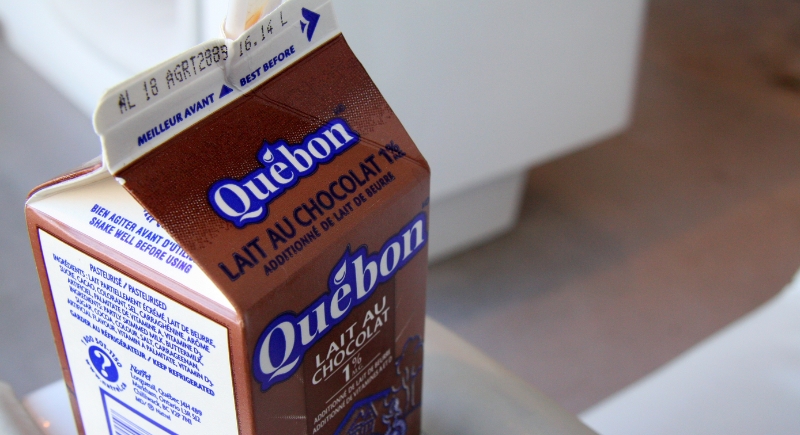
Credit: flickr
Afternoon milk breaks were a standard part of the school day. Kids filed into the cafeteria for cartons of milk, drinking through stiff paper straws that often left a strange taste behind. These breaks were part of a federal nutrition initiative that started in the 1940s and continued for decades.
Plastic Song Flutes That Launched Music Lessons

Credit: flickr
Song flutes—those little plastic recorders—were often a child’s first introduction to music. Most commonly used in second and third grade, they allowed teachers to demonstrate musical notes and rhythm. In many schools, there were no specialized music teachers yet, so classroom instructors taught the basics themselves.
Metal Lunchboxes That Made a Racket

Credit: flickr
Metal lunchboxes clanked and banged around the lunchroom, often decorated with cartoon characters or movie stars. A matching thermos was tucked inside, though the glass liners inside them frequently shattered when dropped. Brands like Aladdin made themed boxes from "Mary Poppins" to "Lost in Space," now considered collectibles.
Book Satchels Were Stylish and Sturdy

Credit: flickr
Before modern backpacks, children carried satchels—often made of leather or imitation leather. These bags came with buckles, a shoulder strap, and sometimes a handle. Many had plaid details or matching pencil cases inside. They were functional but sometimes hard to open quickly, especially in the rush between classes.
Cleaning the Erasers Was Weirdly Fun

Credit: Wikimedia Commons
Chalkboards dominated classrooms, and cleaning the erasers was often a student’s favorite job. Kids would take them outside and clap them together to create clouds of chalk dust. In later years, electric cleaners showed up, but early on, the task was either a reward for good behavior—or a quiet punishment.
Dresses Only, No Pants Allowed (Unless It Was a Pantsuit)

Credit: flickr
Until the late 1960s, school dress codes for girls were strict: only dresses or skirts were permitted. Even when pants were allowed, they had to be part of a coordinated “pantsuit.” Despite the outfits, girls ran, climbed, and played just like the boys—dresses didn’t stop anyone from joining the fun.
Paste with a Peppermint Scent—and an Odd Appeal

Credit: Facebook
School paste came in small jars with built-in plastic spreaders and had a sweet, minty scent. Kids used it for art projects, and yes, many tasted it—sometimes on purpose, sometimes not. The smell alone is unforgettable for anyone who spent time gluing construction paper in the 1960s.
Saying the Pledge Before the School Day Started

Credit: Reddit
Every morning began with the Pledge of Allegiance over the intercom. In many schools, the principal would follow up with announcements, a short poem, or even a prayer. This routine was meant to build unity, though the practice of school-led prayer would later become the center of legal debates.
Parent Volunteers Ran the School Clinic
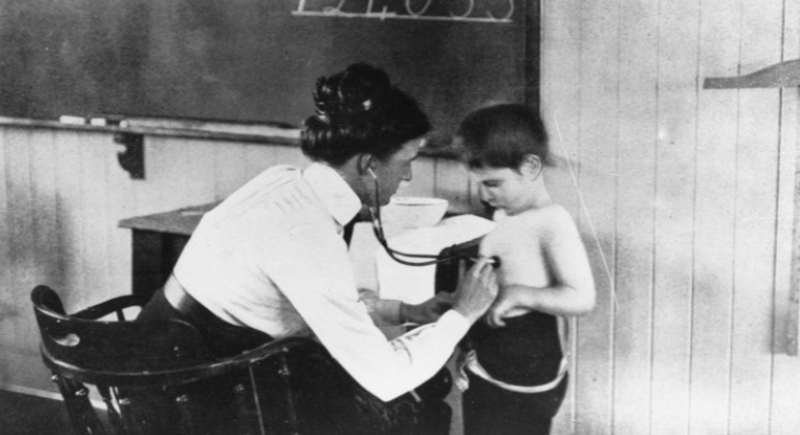
Credit: Facebook
Most schools in the 1960s didn’t have a licensed nurse on staff. Instead, a group of parent volunteers would help kids with minor scrapes, stomach aches, or the occasional fever. This system relied heavily on parental involvement and worked well in tight-knit communities with active PTA groups.
The Morning Announcements and Intercom Songs
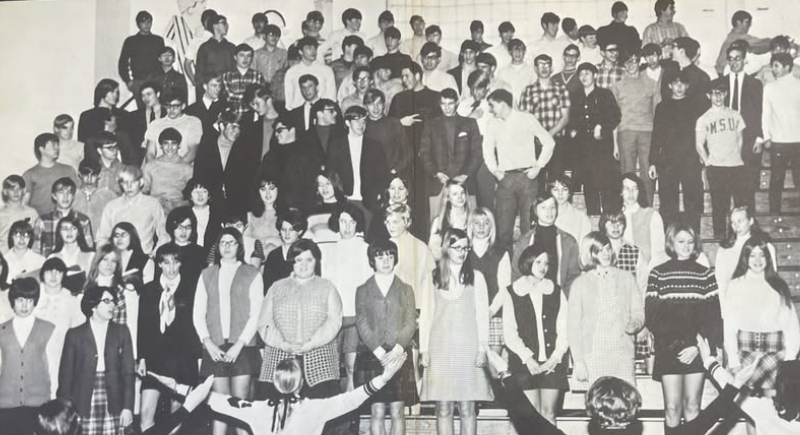
Credit: Facebook
Principals made daily announcements over the intercom, often reading a poem or short message to start the day. Some classes got to sing songs for the entire school—especially around holidays. It was a small moment of pride to know your class’s voice was coming through every speaker on campus.
Art Supplies That Made the Classroom Bright

Credit: Reddit
Crayons, construction paper, and wide-lined drawing tablets were the heart of 1960s art time. Every classroom had its own supply stash, and completed projects were proudly displayed on bulletin boards. Kids didn't need fancy tech—just paper, color, and a little imagination to fill the classroom with life and creativity.


